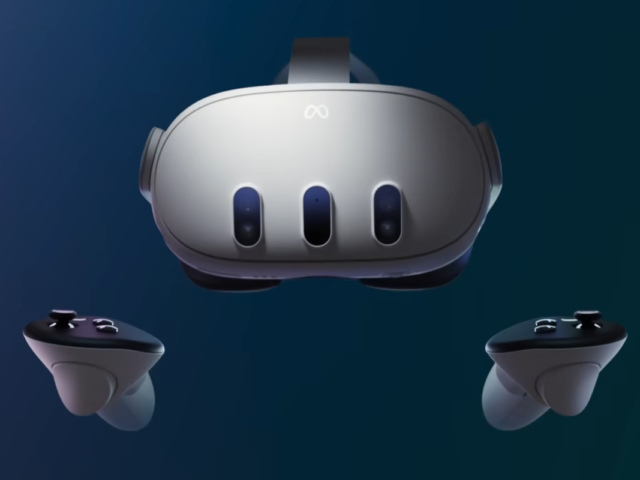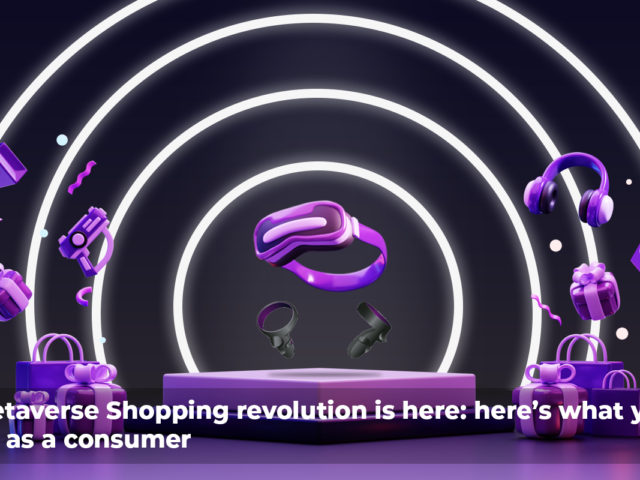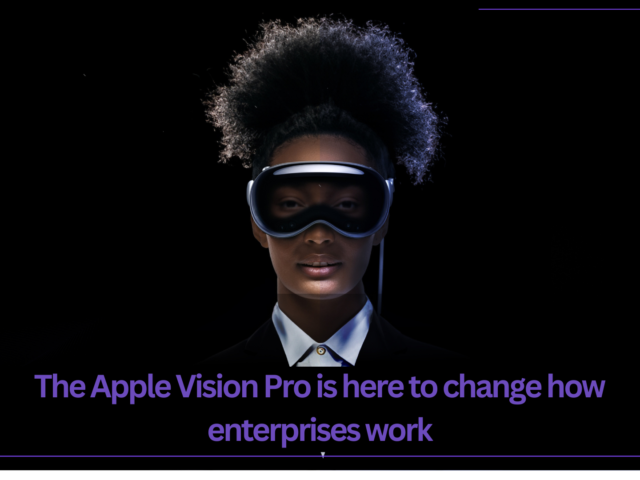Building apps for VisionOS: What can developers expect?
Introduction:
Apple’s groundbreaking release of its Mixed Reality headset, the Apple Vision Pro, in June 2023 created a significant buzz in the tech world. Boasting impressive hardware specifications such as dual 4K displays, Apple’s M2 chip, and advanced eye- and hand-tracking technologies, the Vision Pro is a notch above competitors. However, the true measure of its success will lie in the range and quality of the apps available in its app store at launch.
Companies like Microsoft’s Office suite and Disney+ have already promised to launch their VisionOS apps when the Vision Pro has released. In fact, Apple has said thousands of apps the day the headset launches, and this will be a remarkable feat considering that Meta Quest Store has only released about 400 games and apps in the last few years.
So in this article, we delve into the potential of VisionOS, the operating system powering Apple’s Vision Pro, and explore the two ways developers can bring immersive AR and VR experiences to life on the device: by creating new apps or porting existing ones.
VisionOS is an operating system designed specifically for spatial computing and it introduces a new paradigm distinct from traditional desktop and mobile computing. Spatial computing brings you inside your work environment, as apps float up all around you. Just like multiple windows on a desktop, these floating windows in midair enable users to open and interact with different apps simultaneously. These windows support both traditional 2D views and controls and the integration of captivating 3D content. 3D assets created for this environment can be manipulated with ease and viewed from multiple angles, just like you would for a product in the physical world.
Apple recognizes the importance of providing developers with the tools and resources necessary to craft innovative AR and VR experiences for VisionOS. The company is planning to give some of them early access to the hardware. It will also start taking applications for a developer’s kit and host developers’ labs in California, London, Munich, Shanghai, Singapore and Tokyo. But for now, developers know of 2 ways in which they can build apps for VisionOIs:
1. Making new apps:
For developers already familiar with Apple’s ecosystem, it is easy to create new apps for VisionOS. The key frameworks they use to build iPadOS and iOS apps, such as SwiftUI, RealityKit, and ARKit, have all been extended for spatial computing. Developers can also build immersive apps by leveraging the familiar development tools like Xcode and Unity. Additionally, Apple’s upcoming Reality Composer Pro aids developers in previewing and preparing 3D content, making the app creation process more accessible and efficient.
2. Porting existing Apps
One of the major advantages of VisionOS is its ability to automatically convert iPad and iPhone apps into a “single scalable 2D window” that seamlessly integrates with the Apple Vision Pro. This eliminates the need for extensive development work, as most apps can be updated by making some coding changes. Developers should keep in mind:
- Adding VisionOS as a supported destination: By selecting the Apple Vision option under Supported Destinations in the project’s settings, developers can specify the target platform for building their app using the visionOS SDK.
- Interface enhancements: Developers should try incorporating depth, 3D content, and immersive experiences into their interfaces to optimize the app’s performance on VisionOS.
- Updating app assets: To ensure optimal display at various angles and distances, developers should include vector-based or high-resolution images in their projects. Vector-based images maintain detail and clarity regardless of size, while high-resolution images preserve image quality at different scaling levels.
While the Apple Vision Pro showcases remarkable technological advancements, the availability and quality of apps play a pivotal role in its success. Apple’s strategy of building upon an established foundation, rather than starting from scratch, sets the stage for a vibrant ecosystem of AR and VR experiences. With VisionOS as the driving force, developers have the tools and support to unlock the full potential of Apple’s Vision Pro, ensuring a captivating and immersive mixed reality experience for users.
Want to learn more about how your enterprise can leverage the upcoming Apple Vision Pro? Book a free consultation with us today!
Related articles
Get ready for the next generation of immersive experiences! Explore what’s in store with Meta Quest 3, Meta’s latest XR headset. Don’t miss out!
The Metaverse has emerged as a force to be reckoned with in our ever-evolving digital landscape, revolutionizing the way businesses engage their customers. And one arena they have begun exploring in gusto is shopping.
Now, nearly 40 years later, we find ourselves on the cusp of yet another reinvention of the personal computer, once again by Apple. It is speculated that the company will debut its much awaited XR headset at its Worldwide Developers Conference on June 5th.

























